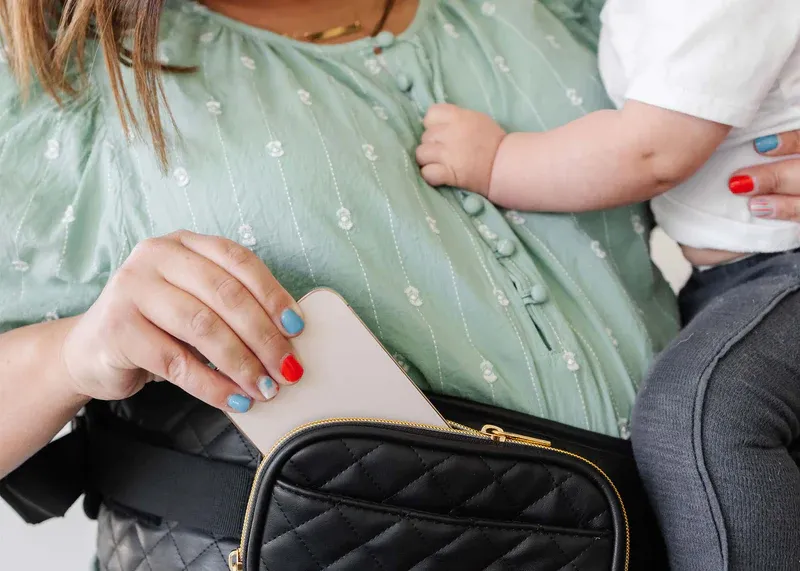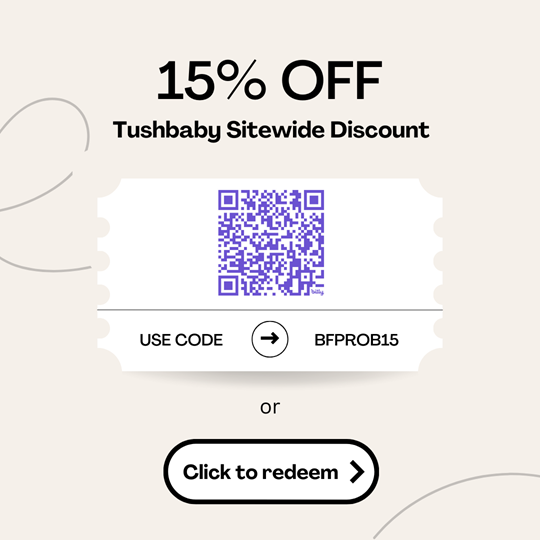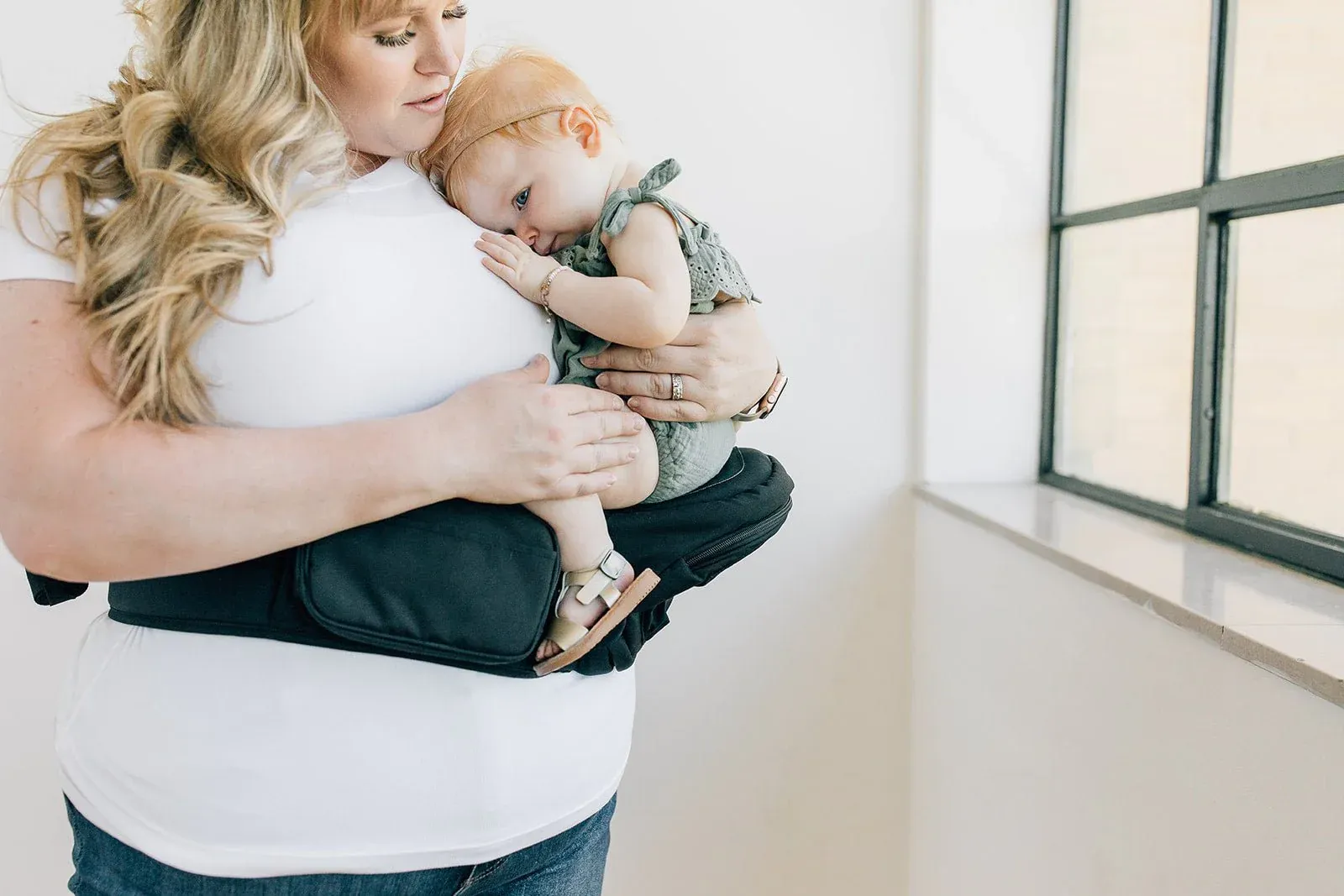Is It Safe to Wear Tushbaby While Pregnant?
The advantages of babywearing remain consistent during pregnancy. It offers an excellent opportunity to bond with your older children.

Is Babywearing Safe During Pregnancy?
Carrying your baby in front might raise questions about pressure on the unborn child or potential complications if the baby kicks your stomach. In general, babywearing is safe during pregnancy, but there are considerations.
Some pregnant women, particularly during the second trimester, opt for the hip carry when energy returns and the belly takes on a cute bump shape. Some use a sling to hold their older child off-center above their belly, while others employ a hip seat, securing the wide waistband comfortably below their belly. A hip seat is particularly convenient for toddlers who enjoy being held but also desire the freedom to explore.

Pregnant mothers tend to tire more quickly, especially as pregnancy progresses and the hormone relaxin begins to prepare the body for labor. During this phase, fatigue can occur more rapidly, necessitating heightened attention to your body's signals.
The advantages of babywearing remain consistent during pregnancy. It offers an excellent opportunity to bond with your older children. With the right baby carrier, the proper babywearing position, and a keen awareness of your body, it can still be a comfortable experience even as your belly grows.

How Can I Safely Wear My Baby or Toddler While Pregnant?
When babywearing during pregnancy, consider the following:
Adjust Your Position
As your pregnancy progresses, hormonal changes can affect ligament tightness, possibly leading to discomfort during babywearing. Adjust your carrying position to distribute the baby's weight to your hips. One of the advantages of Tushbaby is its versatility in allowing you to switch between both hips, preventing you from consistently carrying your baby on just one side.
Pay Attention to Your Body
Symptoms like discomfort, pain, fatigue, nausea, dizziness, or lightheadedness may warrant reduced carrying, a change in carrying position or even discontinuing babywearing.
New Babywearers
If you're new to babywearing, practice is essential. Pay close attention to how your body responds while carrying a child. Monitor your back, abdomen, legs, neck, and shoulders for discomfort or pain. If discomfort arises, pause and observe, and consider taking a break from carrying your older child. If the discomfort persists, do not hesitate to consult your chiropractor or prenatal physician. Building endurance for carrying an older child may take time, so newcomers should start slowly and be attuned to their body's signals.
Advanced Babywearers
Advanced babywearers have typically carried a child for multiple hours each day. These mothers are well-equipped to continue wearing older children during pregnancy unless advised otherwise by their prenatal physician. With conditioned bodies and a keen understanding of their bodies' cues, they can manage their babywearing activities effectively.
Conclusion
Babywearing during pregnancy offers an opportunity to bond with your child while pregnant. It's important to adapt your babywearing style and consider specialized carriers like Tushbaby to accommodate the changing needs of your body during pregnancy. Whether you're a new or experienced babywearer, paying attention to your body's signals is essential to ensure a safe and enjoyable experience.
Most healthcare professionals consider babywearing a physical activity during pregnancy. Therefore, consulting your healthcare provider before undertaking any new activities while pregnant is essential.
